The blue whale is a species of marine mammal that is thought to be the world’s largest animal, weighing up to 200 tonnes (approximately 33 elephants). The heart of a blue whale is the size of a Volkswagen Beetle. They can be found in the Antarctic Ocean, the North Atlantic Ocean, the North and South Pacific Oceans, and the Indian Ocean.
Blue whales are the most vocal mammals on the planet, perhaps more so than a jet engine. A jet’s maximum sound is 140 decibels, while their calls reach a maximum volume of 188 decibels. Their low-frequency whistle may be heard for miles and is most likely intended to attract other blue whales.
The following are some of the most interesting facts and figures about blue whales.
1: It is possible for blue whales to grow to over 33 metres in length.
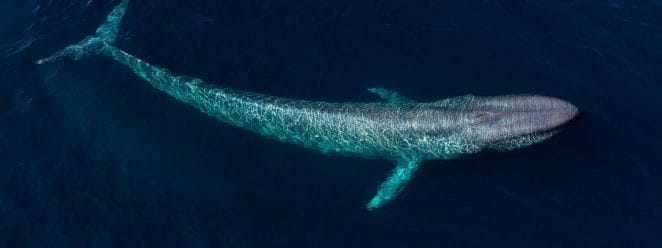
A blue whale can grow over twice to be as long as a T-Rex dinosaur, making it the largest mammal on the planet. Around the same length as an adult African elephant, the calf of a blue whale is born. Additionally, they’re excellent divers, going to depths of 500 metres in search of krill to eat.
2: Blue whales live for an average of 80 to 90 years.
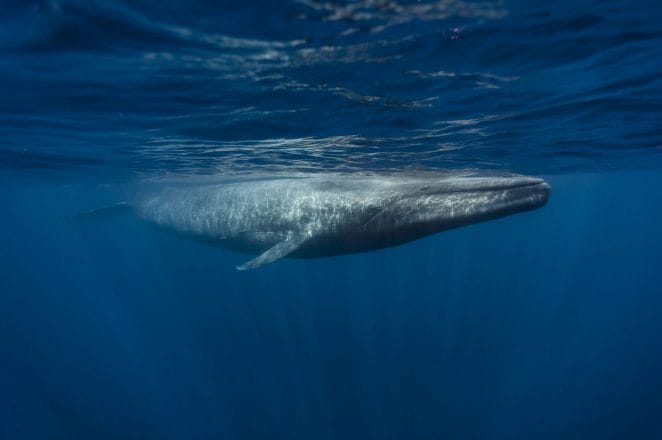
The typical lifespan of blue whales is estimated to be between 80 and 90 years. The oldest known blue whale was around 110 years old; nevertheless, it is estimated that blue whales up to 90 years old are more common. By counting the layers of wax-like earplugs taken from killed whales, scientists may estimate their age.
3: The heart of a blue whale is enormous, and the tongue is heavy.
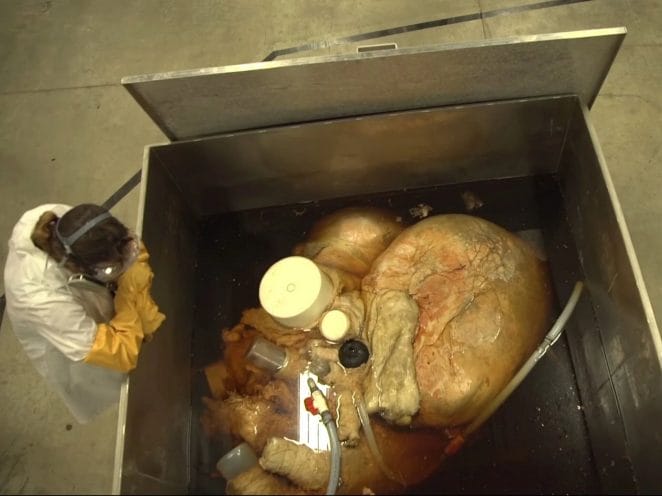
The tongues of blue whales, the world’s largest creatures, may weigh as much as an elephant at 2,700 kilogrammes. As a whole, the blue whale can reach 1,80,000 kilogrammes, and its heart can weigh 400 pounds (about 181kg). The heart of a typical blue whale is the size of a mid-sized automobile. The heartbeat of this enormous organ may be heard up to two miles away.
4: The weight of a newborn blue whale is approximately 2,700 kg.
Blue whale newborns are enormous! They attain a maximum length of approximately 23 feet and weigh between 5,000 and 6,000 pounds (2,700kg) at birth, which is about the same as an adult hippopotamus. Each day, a nursing blue whale mother generates more than 50 gallons of milk.
5: Female blue whales usually only have one calf at a time.

At roughly 5 to 15 years of age and sexual maturity, female blue whales are able to reproduce just one calf every two to three years. Whale calves are normally born in December or February at low latitudes, and the gestation period is around a year. A calf’s first six to seven months are spent with its mother. Calves have nearly doubled in size at six months of age, growing to an average length of 52 feet.
6: A calf of a blue whale grows quickly.
A mother blue whale generates more than 200 litres of milk every day while nursing her young. The milk has a fat content of 35 to 50 percent, allowing the calf to gain weight at a pace of up to 10 pounds per hour, or over 250 pounds per day.
7: The blue whale’s mouth has a row of plates edged with ‘baleen,’ which resemble bristles.
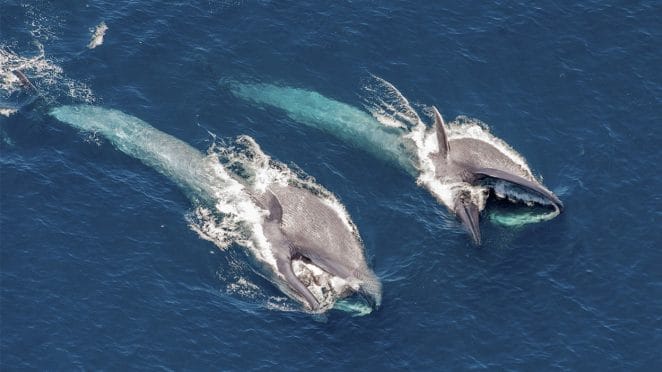
There are between 55 and 68 throat grooves in blue whales, and their baleen is black with over 800 plates. When the whale feeds, the bristles are utilised to filter food out of the water it swallows. The Blue Whale’s mouthful of water contains roughly 5,000 kg of liquid and plankton.
Bristles in the whale’s mouth work to grab and trap food as the whale expels water from its mouth. In order to consume the plankton, the whale licks the bristles clean using its enormous tongue.
8: The killer whale (Orcinua orca) is the only known natural hazard to blue whales.
Adult blue whales are rarely attacked by killer whales (Orcas), although young calves are occasionally preyed upon. Killer whales usually hunt on prey that is smaller than themselves. While blue whales are generally peaceful, their sheer size deters groups of killer whales.
9: Blue whales can dive over 500 metres for food.
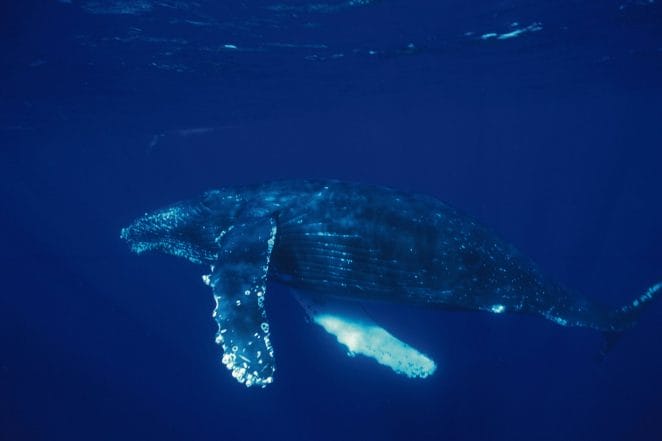
Blue whales breathe in and out through a pair of blowholes protected by a huge splashguard. When blue whales surface to breathe and exhale, air rises up to nine metres (30 feet) in a vertical cloud of compressed vapour. Another fact is that blue whales can dive to depths of over 500 metres in search of food (1,650 feet). They may also spend up to 35 minutes underwater, though most dives are about 10 to 20 minutes long. Blue whales, like other whales and dolphins, inhale and exhale consciously. They never fall entirely asleep, only resting one part of their brain at a time. The other half of the group stays awake to avoid drowning.
10: The blue whale is an endangered species.
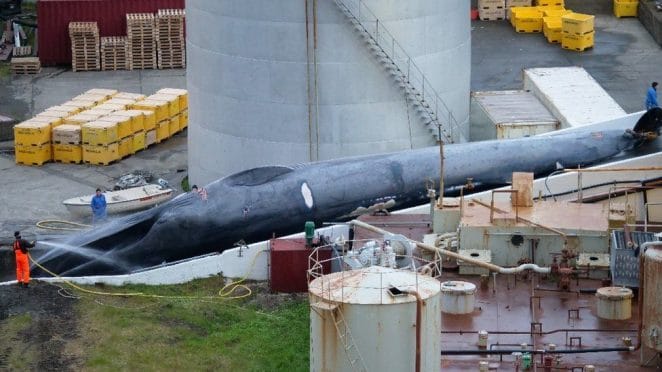
Nearly 30,000 blue whales were killed during the peak of the hunt in 1931. Blue whales were so rare by 1966 that the International Whaling Commission proclaimed them protected worldwide. Despite the fact that shooting blue whales has been prohibited for a long time, they are still an endangered species with a global population of 10,000 to 25,000 individuals.
Sources:Marine Mammal Center, whales





GIPHY App Key not set. Please check settings